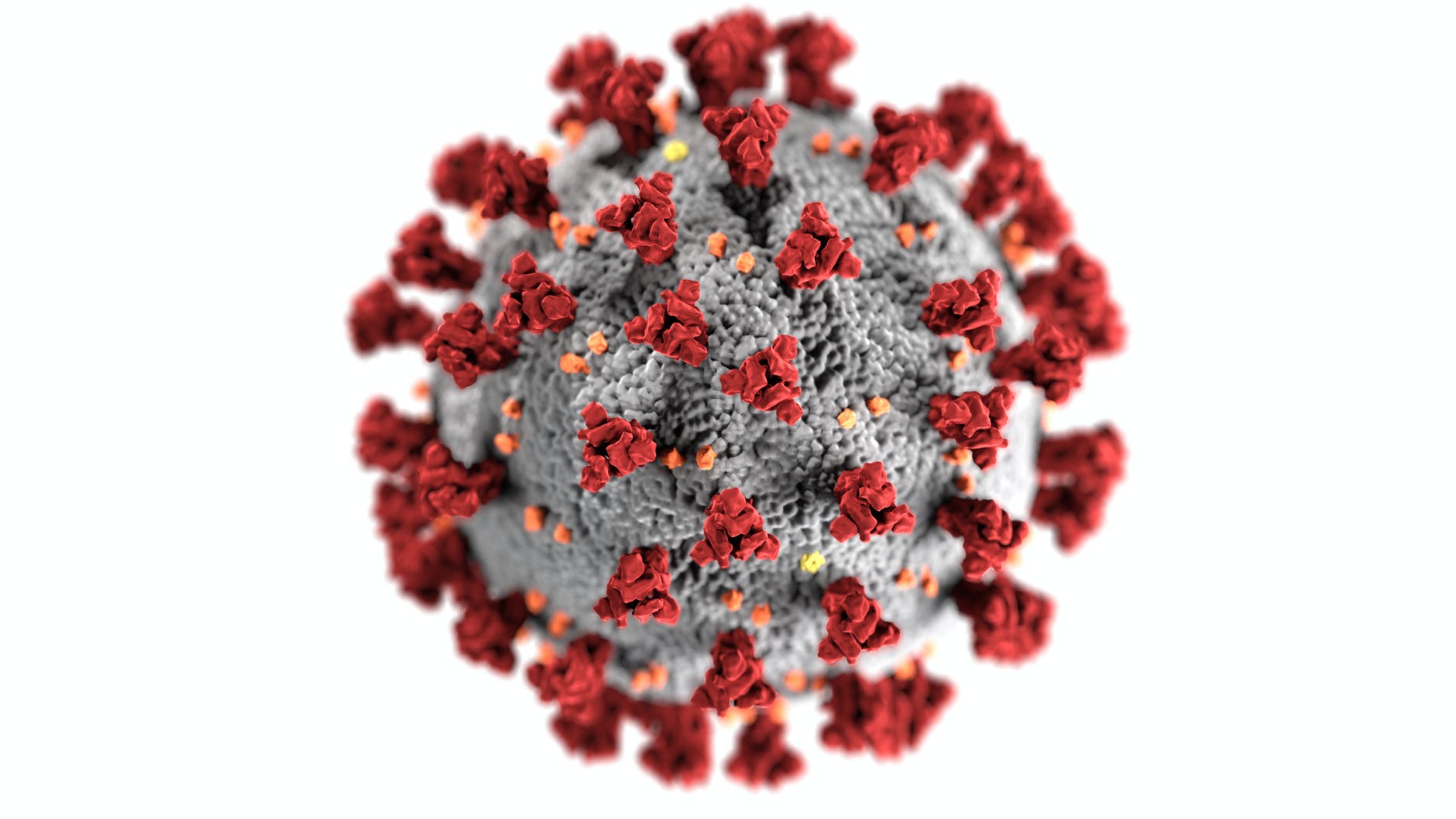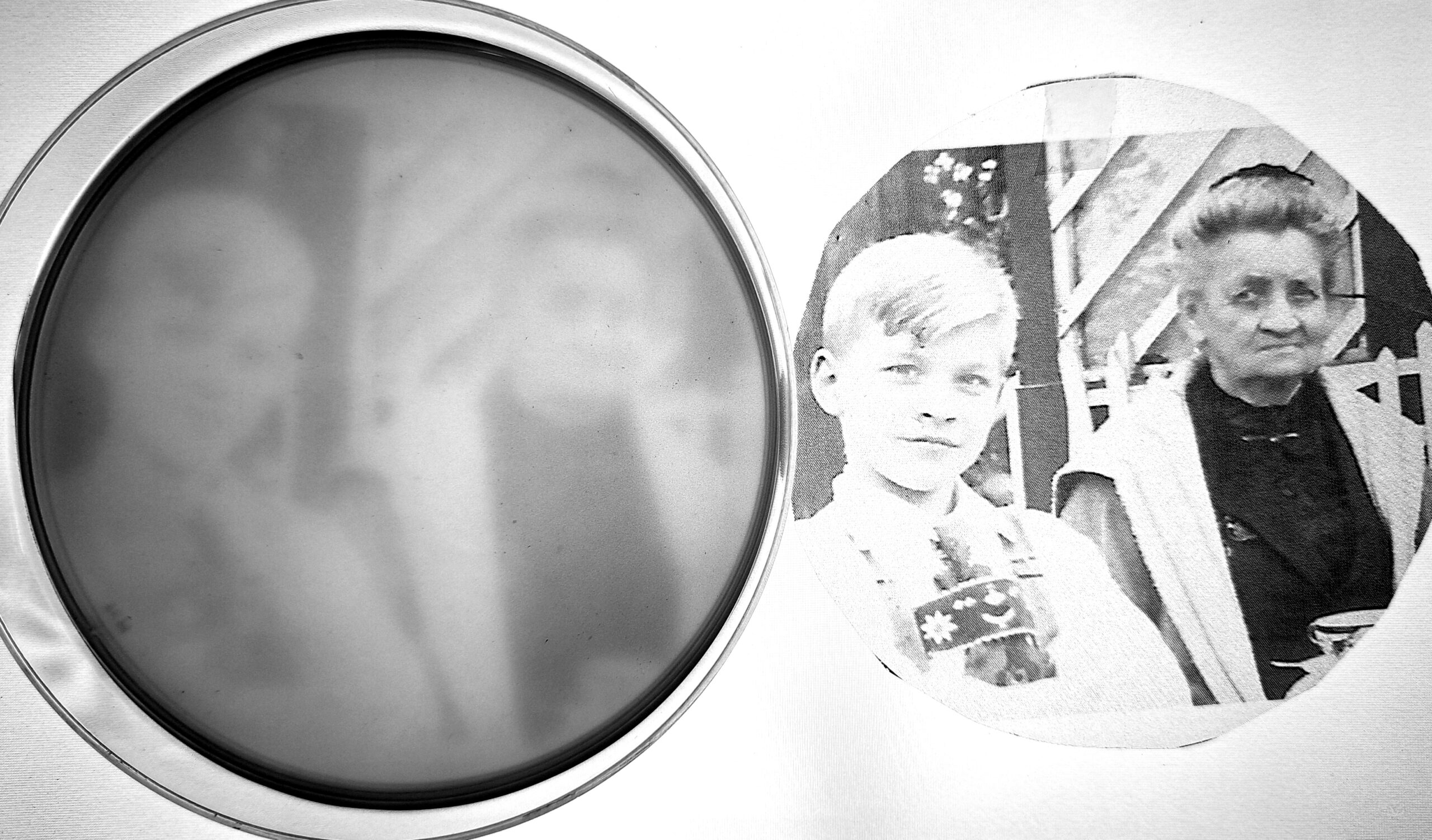In Canada, we have been very fortunate to see a high vaccination rate and a relatively slow increase in SARS-Cov-2 cases compared with other countries. As a case in point, Ontario is seeing 927 new cases today amid a continued gradual reopening process 1. Conversely, countries across Europe like Austria, Slovakia, Netherlands, and Belgium have reinstated lockdown procedures as case counts continue to increase2, 3. While this blog post will not go into the reasons why these cases are back up again, the latest developments do provide a light vinidcation for the slow, but steady reopening process that Ontario is currently employing, set to be complete in March 20224.
Even so, we are still part of a global community; new COVID-19 developments in other countries can still affect us. Just a day ago, news of a new variant emerged, with the technical name B.1.1.529. This variant was first identified in South Africa and Botswana in November 22nd, 20215. In the Gauteng Province (where Johannesurg is located) more than 70% of 71 SARS-Cov-2 genomes that were sequenced in the past 2 weeks belonged to the potential B.1.1.529 lineage5. The variant has also been detected in Israel6 and Belgium7, prompting the EU to impose travel bans to Southern Africa to mitigate any potential spread of the variant.
As of now, the World Health Organization (WHO) is meeting to determine whether to classify this variant as a variant of interest (VOI) or a variant of concern (VOC)6. The distinction between the two is important. VOIs require evidence of community transmission in multiple countries. So far, these transmission events have only been identified in South Africa. However, a VOI also requires identifying specific genetic markers that could be associated with increased transmission and/or immune escape, presumably by vaccine.
This is where the problem of B.1.1.529 lies. The B.1.1.529 contains over 40 mutations identified in all 4 fully sequenced B.1.1.529 genomes9. 32 of these mutations are located in the gene encoding the virus’s spike protein. That’s almost three times as much as the 11 notable mutations identified in the three subtypes of the Delta variant10. These mutations are diverse, including mutations that alter a single piece of the spike protein (eg. Q498R changes the Q amino acid to an R at position 498) and delete a portion of the protein (eg. Δ69-70 means deletion of two amino acid residues at positions 69 and 70). The presence of these mutations has generated concerns that the mutated spike protein will make vaccines less effective against them and make the B.1.1.529 strain more infectious11.
Although the B.1.1.529 variant is looking very concerning as a VOI, a VOC still has more criteria that requires fulfilling on top of a VOI. Here, evidence of increased transmissiblity leading directly to increased COVID-19 cases and hospitalizations, worsened disease outcomes, or reduced efficacy of public health measures, diagnostics, or vaccines is needed. Such declarations were made for the Delta variant because of its associations with more severe disease and increased transmissibility worldwide. We have observed these results with the new wave of infections taking hold in Europe now, the waves of infections across Asia after the Olympics, and the spring wave Ontarians faced earlier this year. However, such evidence simply does not exist outside of South Africa yet because the variant has only been detected a few weeks ago at most.
Given the necessary criteria, it’s clear that we still require far more knowledge about this new variant. Whether and how many of the 32 mutations to the spike protein in B.1.1.529 would affect the ability of current vaccines to prevent COVID-19 disease (whether mild or severe) requires investigation. Whether the strain is more transmissible than even the Delta variant also remains to be seen, given that only a handful of B.1.1.529 cases have been observed outside South Africa. As is the case with every new variant, it’s clear that policy makers and scientists must grapple with incomplete data and uncertainty when making decisions. How quickly the scientific community can investigate the above questions will be important to properly monitor B.1.1.529 and any new SARS-Cov-2 variant that may emerge.
So where does this leave us? Right now, Ontario is on a positive course to controlling the prevalence of COVID-19 disease. Thus I think most of us need patience and understanding while remaining vigilant. We should be concerned about this variant and its potential impacts should it come to Canada. However, we should also wait and see for new information on its spread outside South Africa and vaccine effectiveness against B.1.1.529. That being said, let’s hope that B.1.1.529 less transmissible than Delta. Let’s hope that the vaccines continue to work against B.1.1.529 even with all of the spike protein mutations. Let’s hope that Canada can continue to reopen safely.
Update: With the rapidly evolving situation of COVID-19, the WHO has designated the B.1.1.529 variant as a VOC. The variant has since been detected in other countries including the UK and Australia. While community transmission has yet to be observed it is good that the WHO has stepped in to see declare omicron, the variant’s name, as a VOC. Moderna is also working to prepare a modified vaccine to combat the variant, so here’s hoping it comes soon if omicron beats our current vaccines (which has not been observed yet).
References
- Global News. November 26th, 2021. https://globalnews.ca/news/8404305/ontario-covid-cases-november-26-coronavirus/
- Washington Post. November 26th, 2021 https://www.washingtonpost.com/world/europe/covid-surge-europe/2021/11/25/e4440ca0-47d1-11ec-beca-3cc7103bd814_story.html
- Rijksoverheid, November 26th, 2021. https://coronadashboard.government.nl/landelijk/ziekenhuis-opnames
- Government of Ontario. October 22nd, 2021. https://news.ontario.ca/en/release/1001027/ontario-releases-plan-to-safely-reopen-ontario-and-manage-covid-19-for-the-long-term
- National Institute for Communicable Diseases. November 26th, 2021. https://www.nicd.ac.za/frequently-asked-questions-for-the-b-1-1-529-mutated-sars-cov-2-lineage-in-south-africa/
- Times of Israel. November 26th, 2021. https://www.timesofisrael.com/israel-detects-first-case-of-new-highly-mutated-covid-19-strain/
- Financial Times. November 26th, 2021. https://www.ft.com/content/8245c992-4a4d-4110-b10c-b294c41d501
- Reuters. November 26th, 2021. https://www.reuters.com/business/healthcare-pharmaceuticals/who-meeting-friday-designate-new-variant-b11529-2021-11-26/
- Peacock, Thomas; Github, November 23rd, 2021. https://github.com/cov-lineages/pango-designation/issues/343
- Public Health Ontario, May 26th, 2021 https://www.publichealthontario.ca/-/media/documents/ncov/covid-wwksf/2021/06/wwksf-covid-19-b1617.pdf?sc_lang=en
- Tulio de Oliveria, November 25th, 2021. https://twitter.com/Tuliodna/status/1463911571176968194
Author
-

Paul Naphtali is a seasoned online marketing consultant. He brings to the table three years of online marketing and copywriting experience within the life sciences industry. His MSc and PhD experience also provides him with the acumen to understand complex literature and translate it to any audience. This way, he can fulfill his passion for sharing the beauty of biomedical research and inspiring action from his readers.
View all posts




